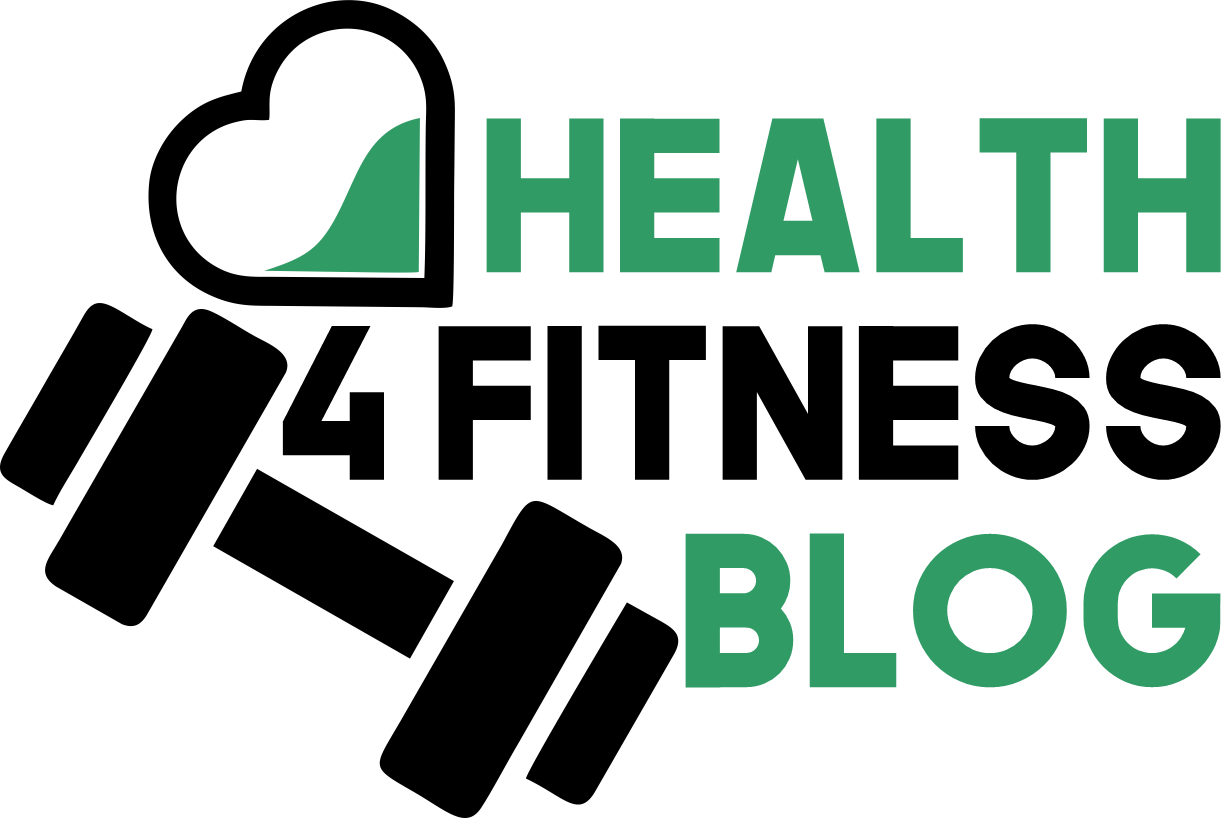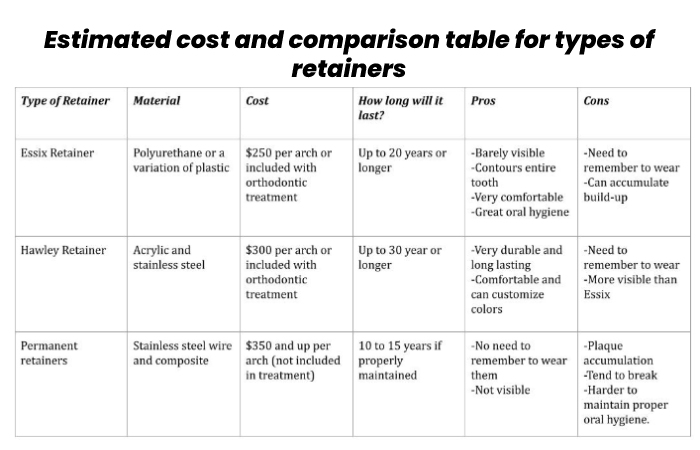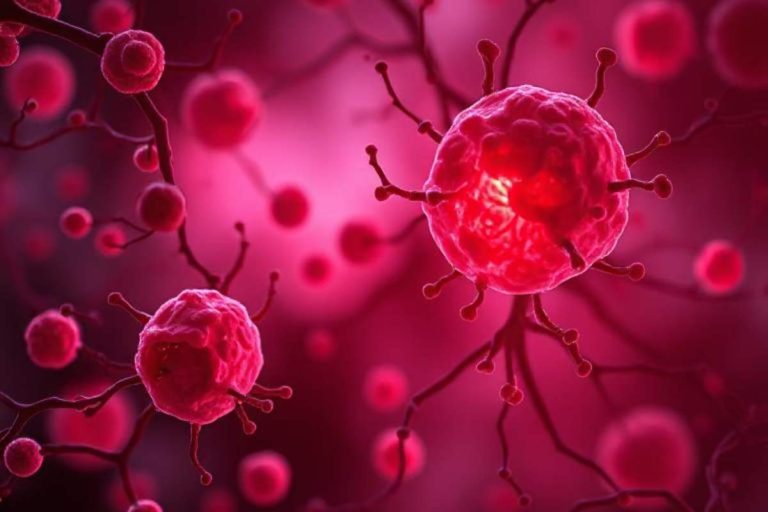According to the latest study, 47.3% of people are body overweight or obese (1 in 2 people). After smoking cessation, physical activity and proper nutrition are the best things you can do to be healthy. And prevent many cardiovascular diseases and cancers. Zoom on 8 simple habits that you can adopt today (these are not strict rules. You can apply them little by little in your diet to maintain a good body shape)
Table of Contents
Monitor your Weight and Practice Physical Activity
Your weight(heaviness) is a good indicator of your general health, and you must monitor it and keep it in a “normal range” so that your body mass index (BMI) is between 18.5 and 25. BMI is a weight/height ratio that allows you to estimate a person’s body size. With a BMI over 25, the risks of cardiovascular disease and diabetes are real; the risks are multiplied by 3 for high blood pressure, and by 2.5 for dyslipidemia (excess of cholesterol and triglycerides).
How to Lose Weight?
The equation is simple. The change in weight is equal to the calories consumed, minus the calories expended. Exercise will not only help you to expend energy easily but will also help build muscle that always burns energy. When it comes to food, the best rule is balance, do not overeat and do not deprive yourself, adopt good eating habits, and continue to have a fulfilling social life. However, dieting can sometimes stress you out when it comes to calculating the food you take in. Check out this program to obtain the best guidance for your weight-loss journey.
Consume more Good Fats
No, not all fats are bad. Some are essential and very good for your health. Avoid trans fats and limit saturated fats in favour of good fats (monounsaturated and polyunsaturated); thus, the level of bad LDL cholesterol and triglyceride decrease, and the level of good HDL cholesterol increases decreasing the risks of cardiovascular diseases. Trans fats are mostly artificial and mainly “hidden.” They originate in industrial pastries, fast food fried foods that use hydrogenated oils, margarine, vegetable fats. Denmark has banned its industrial use since 2003. Read the nutritional information labels carefully. Saturated fats: red meat, animal fat, whole dairy products(goods), palm oil. Mono and polyunsaturated fats: peanut oil, olive oil, avocados, nuts, fatty fish, whole grains.
Eat more Whole Grains
Carbohydrates (starches and sugars) are not your enemies. They are transform into glucose by our body to provide a source of energy, which can be more or less good depending on its nature. Food glycemic index (GI) measures the ability of a carbohydrate to raise blood sugar. The higher it is, the more the blood sugar increases. It is, therefore, necessary to favor foods with a low GI. Without building your diet around the glycemic index, monitoring it contributes to weight loss and the prevention of cardiovascular disease and diabetes.
What are the Carbohydrates to Avoid and Which to Favor?
Mainly responsible for weight gain, high GI carbohydrates are refined cereals (white flour-based foods: bread, sandwiches, pizzas, burgers, pastries, white pasta, etc.). Sweet foods (chocolate bars, sodas, etc.). , some prepared industrial dishes and potatoes. So avoid sugary or prepared foods, do not eat too many potatoes, replace refined cereals with whole grains (bread, pasta, whole rice, and muesli.) and use whole flour for your pastries. These cereals have not been processed and are therefore much richer in nutritional qualities and full of fiber; their GI is very low compared to refined cereals.
Choose Good Sources of Protein
From a health perspective, not all sources of protein are created equal. You should eat more animal protein like fish or chicken and vegetable protein like nuts or beans rather than red meat and whole dairy products; these are good sources of complete protein, but they are rich in saturated fat and increase bad cholesterol (LDL); their consumption should, therefore, be moderate. Mixing protein sources (poultry, fish, eggs, beans, nuts, legumes, etc.) and increasing their consumption compared to carbohydrates improves your good cholesterol (HDL) and triglyceride levels. Choosing the right sources of protein-rich in unsaturated fats is sure to help your figure and your heart!
Eat Lots of Fruits and Vegetables
Eating 5 fruits and vegetables a day is a minimum and not an objective! The consumption of fruits and vegetables brings you a cocktail of fibers, vitamins, micronutrients, and antioxidants, which reduces the risks of certain cancers and high blood pressure. Fresh or frozen (uncooked), cooked or raw, eat vegetables, legumes, and fruits of different varieties and in all colors: green, red, yellow, orange.
Drinks: Watch Out for Liquid Calories
Monitoring what you drink is as important as monitoring what you eat. Avoid sodas. Daily consumption of sugary drinks (150 calories per can) is 7 kilos more over 1 year and twice the risk of diabetes. If you drink alcohol, consume it in moderation to keep only the benefits (for example, in the Cretan diet. 1 glass of red wine per meal is authorize for its richness in polyphenols). Do not start if you do not drink;). Sugar-free tea and coffee to be consumed in moderation are very good for your health. And also reduce the risk of kidney stones and type 2 diabetes.
Discover Other Sources of Calcium
Calcium is important for health. On the other hand, if we think of dairy products first (rich in calcium and vitamin D), we should also consider other sources because dairy products are rich in calories and saturated fat; like red meat, their consumption should be moderate. Vitamin D supports the body absorb calcium, and there are only a few foods other than dairy products that contain it (egg yolk, fish, liver, orange juice fortified with vitamin D). If you are not consuming these foods, you should consider a supplement. Other sources of calcium: green leafy vegetables, cabbage, tofu, beans, sesame seeds, almonds, salmon, sardines.
Vitamins in Addition
You can take vitamins as a dietary supplement as “health insurance”. These supplements should only be considered as part of a healthy diet. The 5 vitamins that most people do not have enough in their diet are vitamins B6, B9 (folic acid), B12, D, and E. These vitamins play an essential role in the prevention of cardiovascular disease, certain cancers, osteoporosis, and other chronic diseases. Before taking food supplements. Ask the advice of your doctor who will not fail to order you a blood test to detect any deficiencies.











